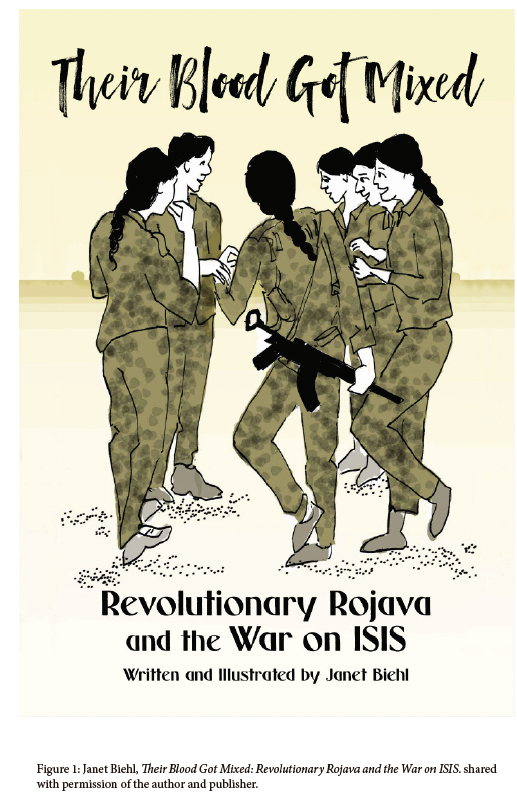
“Assessing the Relevance of the Guerrilla Girls in Contemporary Politics”

# The Legacy and Impact of the Guerrilla Girls: Challenging Bias in the Art World
The art world has long been a space where exclusivity, gender bias, and racial discrimination create barriers for many artists. One of the most influential activist collectives challenging these inequities is the **Guerrilla Girls**, a group of anonymous feminist artists dedicated to confronting issues of discrimination in art institutions. Their bold, provocative posters and public interventions have been an essential force in exposing inequalities within galleries, museums, and beyond.
## **The Birth of the Guerrilla Girls**
Founded in **1985** in response to the **whiteness and male-dominance of the art world**, the Guerrilla Girls emerged as a protest group after a major exhibition at The Museum of Modern Art (MoMA) in New York failed to include a diverse selection of artists. To remain anonymous and focus on their message, members wear **gorilla masks** in public appearances and adopt pseudonyms derived from **female artists and writers**, such as Käthe Kollwitz and Frida Kahlo.
## **The Guerrilla Girls’ Protest Strategy**
Since their inception, the collective has used various artistic and activist strategies to expose biases in the art world:
1. **Posters and Public Space Interventions**
– One of their most famous posters, **“Do Women Have to Be Naked to Get Into the Met. Museum?” (1989)**, highlighted how women were vastly underrepresented as artists in museums while frequently appearing as **nude subjects** in artwork.
– Their campaigns use **humor, satire, and shocking statistics** to draw attention to discrimination in the art industry.
2. **Exhibitions and Museum Challenges**
– The Guerrilla Girls often challenge **prestigious institutions like the Whitney Museum and the Guggenheim** for their exclusionary practices.
– Their **2024 work, “Guerrilla Girls ManifestA: For Art Museums Everywhere”**, critiques museums for under-representing artists of color, failing to repatriate stolen artifacts, and neglecting museum workers’ rights.
3. **Expanding to Other Industries**
– Though they initially focused on **visual arts**, they later expanded their mission to address sexism and racism in **Hollywood, politics, and business**.
– For example, their **2016 Oscars poster** criticized the lack of diversity in award nominations, aligning with the **#OscarsSoWhite** movement.
## **The Evolution of Their Impact**
Over nearly **40 years**, the Guerrilla Girls have successfully created awareness around gender and racial biases. However, their approach, which relies on numbers and statistics, sometimes risks encouraging **token representation** in art institutions rather than deep structural change.
For example, following the **George Floyd protests**, there was a surge in art galleries showcasing **Black artists and subjects**, sometimes in ways that appeared performative rather than genuine. This dynamic raises concerns about whether institutions **truly embrace diversity** or merely use it to maintain their public image—what critics call **“artwashing.”**
## **Are Their Methods Still Effective?**
As the Guerrilla Girls’ methodology continues, some critics argue that:
– **Museum attendance has improved** in terms of gender and racial diversity but remains far from equal.
– **Activism in the digital era** requires different strategies beyond posters and in-gallery protests, such as **social media advocacy and decentralized artist-led movements**.
Despite these challenges, their influence is undeniable. They have inspired **countless feminist artists, activists, and researchers** to continue exposing institutional biases, proving that art can be both a tool of protest and an agent of change.
## **Conclusion: Art as Activism**
As art institutions struggle to balance **historical biases with modern inclusivity**, the Guerrilla Girls’ message remains relevant. Their efforts remind us that **progress in the art world is often slow and driven by external pressure, rather than internal change**. The real challenge lies in finding ways to hold powerful institutions accountable **beyond short-term visibility efforts** and ensuring that inclusivity is not just a trend but a permanent transformation within the global art world.
For those interested in seeing their work in action, *Discrimi-NATION: Guerrilla Girls on Bias, Money, and Art* is currently on view at **Hannah Traore Gallery in New York** until March 29, 2024. This one-room retrospective offers a compelling look at art activism’s role in shaping equity in creative spaces.
—
Would you like to explore other similar activist art movements? Let us know your thoughts! 🖼🎨